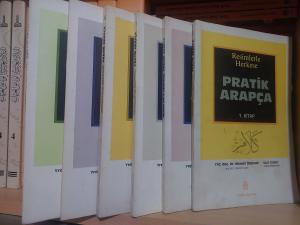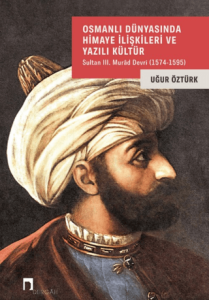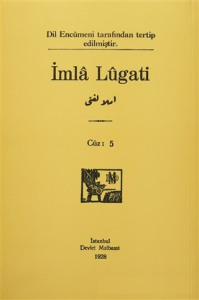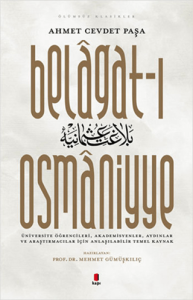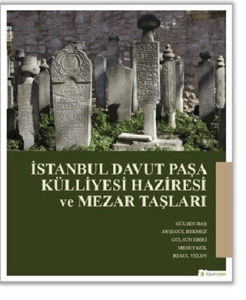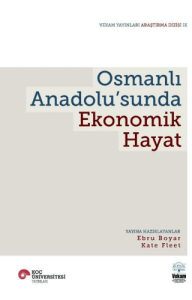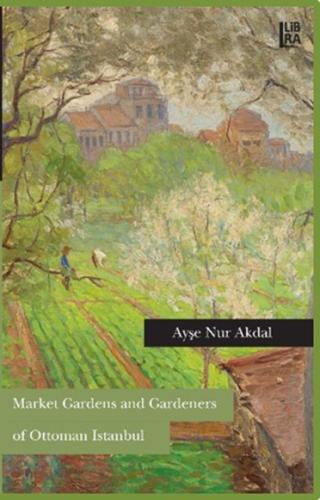
This study is about market gardens and their gardeners, which were a distinctive part of Ottoman Istanbul until recently. It draws on first and second-hand sources to examine the locations, physical features, and property structures of market gardens together with those who worked in there and how they were organized. Moreover, the study reveals the role and importance of market gardens in the provisioning of the city.
Based on archival material, the study describes the urban fabric, the labor structure, and migration with help of visualdata. Although the market gardens of Istanbul played an important role in the provisioning of the city, shaped its urban landscape, and provided job opportunities for migrant laborers, they have not received the attention they deserve in Ottoman studies. The foremost goal of the study is to comprehensively document and compile the rich multi-faceted historical data. Another aim is to test two assumptions in the literature on Ottoman history against the historical data, namely, that Istanbul was a “city of consumption,” and that there was essentially a fixed, ethno-religious division of labor in the Empire
This study is about market gardens and their gardeners, which were a distinctive part of Ottoman Istanbul until recently. It draws on first and second-hand sources to examine the locations, physical features, and property structures of market gardens together with those who worked in there and how they were organized. Moreover, the study reveals the role and importance of market gardens in the provisioning of the city.
Based on archival material, the study describes the urban fabric, the labor structure, and migration with help of visualdata. Although the market gardens of Istanbul played an important role in the provisioning of the city, shaped its urban landscape, and provided job opportunities for migrant laborers, they have not received the attention they deserve in Ottoman studies. The foremost goal of the study is to comprehensively document and compile the rich multi-faceted historical data. Another aim is to test two assumptions in the literature on Ottoman history against the historical data, namely, that Istanbul was a “city of consumption,” and that there was essentially a fixed, ethno-religious division of labor in the Empire


